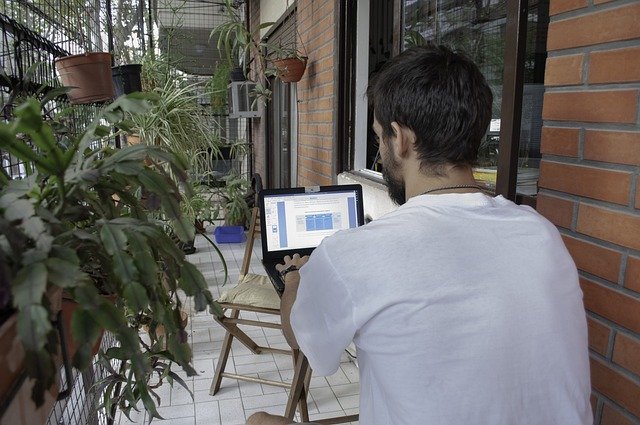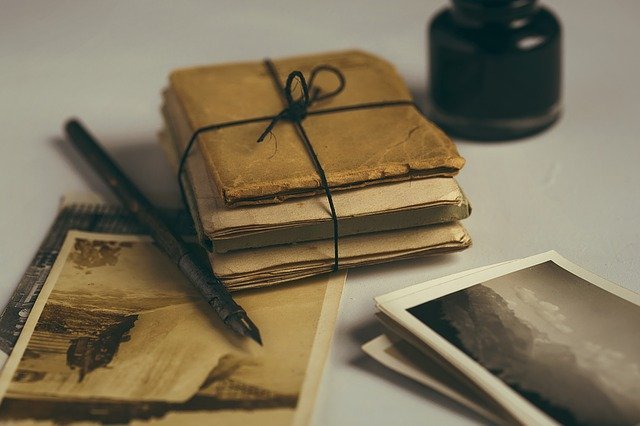Keeping documents safe for future generations is the goal of any historian or collector. However, protecting the materials and using the information are often at odds. Digitizing historical collections has taken a huge leap in the last decade as technology paved a way for searchable preservation that allows users to explore collections via museum-quality interaction. Easy access to information, especially in the time of COVID-19 when physical access is heavily restricted, offers a modern portal for even the most modest family historian to store their documents safely for the next generation.
It’s common for historical family artifacts to either be kept visible in an open-air setting and exposed to sunlight or kept in storage where dust and dampness corrode them. Neither of these settings are optimal for the display or safety of these precious items.
When stored in either of those settings, artifacts are prone to decay—either from the sunlight or natural elements introduced by a basement or attic or the very air itself. Improperly-kept artifacts lose value and significance due to these types of wear every day.
But there’s a way to not only preserve the collection but also increase its value and meaning.
Digitize For Faster Search And Farther Reach
Archivists can convert collections into digital files for public or private use. Public access is typically through an online library or a web-hosted document viewer. A private collection can be accessed through a password-protected website, server, or database of searchable PDFs arranged within a pre-planned folder hierarchy. Using PDFs is simple, and typeset text from the scanned images can be made searchable through optical character recognition (OCR). Files are often embedded with metadata for increased searchability and organization. Each document can be zoomed for study as well.
OCR enables the computer to recognize text on a page. Documents are then searchable for any keyword or phrase while remaining an accurate portrayal of the original. The text is merely “layered” underneath the scanned page image.
To further develop organization and searchability, archivists often add metadata to the documents. Metadata allows for searches by author or date, as well as anything else relevant to the collection. This makes finding a result seconds away instead of the minutes or hours it takes to rifle through piles of physical documents.
Digitization: Higher Value Through Technology
Simply digitizing increases the value of documents since the history within is preserved and accessible, while the original can be spared from over-handling. In addition, a website can also add monetary value to the collection by allowing access for a fee. The COVID-19 pandemic has changed how people experience and interact with collections of historical importance, expanding the possibilities of digitally-accessible collections for the future. Whether for monetizing or to offer free access, digitizing historical documents opens a whole new world of document preservation and exploration.
Consider The Henry Ford Museum of American Innovation, whose website allows users from all over the world to explore the museum without having to travel to Michigan. The historical importance of a collection like The Henry Ford Museum impacts students of all ages as they explore the inventions that catapulted America into the modern age. Likewise, the New York Public Library’s digital collection is an incredible resource that houses over 877,000 items and offers free access to anyone! As users engage with both the Henry Ford Museum and the New York Public Library resources, they learn about the ingenuity and hard work of early Americans that preceded life today. The historical significance of these collections is inarguable.
A family collection usually isn’t quite as extensive; however, each document or historical artifact is precious, especially to the owners, and should be protected from the wear and tear of daily life so they can be explored without damaging the originals. Digitization doesn’t have to mean a public website. Sometimes a digital record of otherwise ephemeral materials is enough to keep the history alive.
Another means of increasing value using digitization is through monetization. A collection housed behind a paywall on a public website can be a stable source of income and even fund further digitization efforts. There are two types of paywalls: hard and soft. A hard paywall only allows a user to access the digitized content with a subscription while a soft paywall allows users to see a certain amount of the collection before requiring payment. For instance, a user could view items but must pay a fee for printing or sharing.
To generate ongoing revenue, the website can be offered behind a paywall to libraries and schools who often pay subscriptions for their patrons and students. The sky is the limit when technology is paired with creativity, and the enhanced value and scope of reach for an online collection is priceless.
The extraordinary value of historical collections shouldn’t be underestimated. In this time of rapidly-evolving history in the making, preserving that history is a vital task. As technology increases their value and allows for greater exposure, the opportunity to exponentially impact future generations is within reach. Protecting treasured documents doesn’t stop with digitization. In terms of increased significance, broadening the range and scope of the audience can’t be paralleled.
About Farica Chang
Farica Chang is Director of Anderson Archival, a digital archiving company in St. Louis. Anderson Archival increases the impact, relevance, and accessibility of historical document collections with a thorough, principled digital preservation process. Chang graduated with honors from the University of California, Los Angeles, and heads a team of dedicated archivists invested in preservation.



